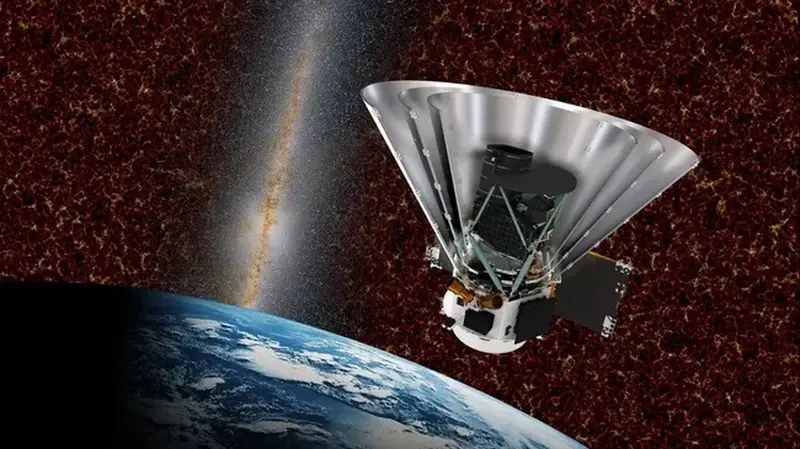The infrared telescope SPHEREx launched from Vandenberg Space Force Base in California on a SpaceX Falcon 9 rocket. At the National Aeronautics and Space Administration (NASA)… NASA NASA has announced that the SPHEREx satellite, launched into orbit, is set to compete with the James Webb Space Telescope (JWST) by providing an unprecedented survey of our Universe. The new infrared space observatory will add information about the depths of space to what has already been gathered by the JWST and Hubble telescopes. This will enable astronomers to uncover the most cherished secrets of the Universe.
What else is known about the SPHEREx mission?
The SPHEREx telescope will scan the entire night sky four times using 102 infrared color sensors. Over the course of two years, it will collect data from more than 450 million galaxies, the publication reported. Live Science The information obtained will serve as a key for scientists to understand some of the most important questions in cosmology, such as the formation and evolution of galaxies, the origin of water, and the emergence of our Universe.
NASA believes that SPHEREx will be the perfect complement to JWST. “Taking a picture with JWST is like photographing a person. What SPHEREx can do is akin to switching to panoramic mode when you want to capture a large group of people and what is behind or around them,” explained Sean Domagal-Goldman, acting director of the astrophysics division at NASA headquarters.

SPHEREx, which cost $488 million and was developed over nearly ten years, will map the Universe by observing objects using both optical and infrared radiation. The telescope will orbit the Earth about 14.5 times a day, completing a total of 11,000 orbits during its mission.
The team of researchers operating this cone-shaped telescope hopes to create the most comprehensive… map using a portion of its oldest light. Thanks to SPHEREx’s capabilities, astronomers will study galaxies at various stages of their evolution; track ice floating in the void to see how life might have originated; and even analyze information about the so-called cosmic inflation that the universe experienced right after the Big Bang.
SPHEREx is not the only useful payload on board the Falcon 9 rocket. Along with the telescope, a group of four solar probes called PUNCH (Polarimeter to Unify Corona and Heliosphere) has also embarked into space. These satellites They will study, in particular, how the Sun’s corona – the outer layer of plasma – transforms into solar wind.
“We expect to revolutionize space weather forecasting. This is the first mission capable of tracking space weather events in three dimensions,” noted Craig DeForest, a heliophysicist at the Southwest Research Institute and the principal investigator of the PUNCH mission.
